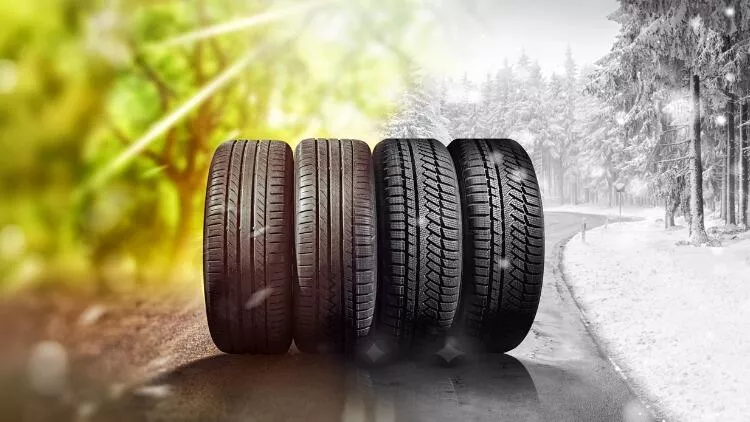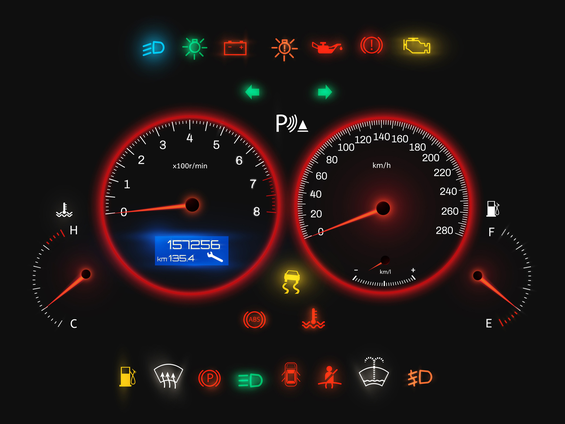What Should Summer Tires Look Like?

We seem to hear you asking the question of how summer tires should be. By reading this content carefully, you can have a summer tire that shows maximum performance for you. The most important part of your connection with the road, which allows your vehicle to move safely on the highway, is undoubtedly your tires. It is very important to find the maximum efficient tire that is compatible with the asphalt surface that heats up in summer and does not cause problems in possible wetness. In the following part of our content, we will give detailed information about the ideal summer tire.
How Should a Summer Tire Be?
Tires that adapt to warm weather, known as summer tires, can be used in all weather except harsh winter conditions. The summer tires produced have thicker and shorter longitudinal grooves than short tires. These grooves are quite different and specially produced compared to winter tires. Using summer tires in winter conditions will openly invite possible accidents. Because the surface of summer tires is less hollow than winter tires.
The summer tires produced are softer and quieter than winter tires, using winter tires in summer will cause problems such as excessive fuel burning and excessive road noise in your vehicle.
Things to Consider When Choosing a Tire
- The first thing you should pay attention to when choosing a summer tire is the production date of the tire. The new date of the tire you will buy is an important criterion in terms of not losing its feature.
- The second point is the fuel consumption category of the tire. The fuel consumption rate starting from A++ goes up to the E - F category.
- Choosing the optimum tire with the optimum sound decibel will provide you with maximum comfort by choosing the minimum tire to the indoor environment when the tire touches the surface.
- Why Should We Use Summer Tires?
- The simplest answer to why we should use summer tires is that it would be wrong to expect a single tire type to adapt to all weather conditions. When you install summer tires on your vehicle, both your fuel consumption will decrease and you will ensure driving safety. When you do not use tires compatible with the season, you may encounter problems such as prolonged braking distance and ABS activation.
What is the Difference of Winter Tires from Summer Tires?
A tire produced in accordance with winter conditions shows different reactions according to weather conditions. For example, it provides maximum adhesion between 0 - 7 degrees, which can adapt to icy roads below -1 degrees. Thanks to these features, winter tires should not be used only in snowy weather. Since the surface of the summer tires will harden below 7 degrees, the grip will be minimal.Thanks to the special channels on the surface of the summer tires, it prevents overheating in summer and will provide maximum grip to the road surface. Special patterned summer tires integrate with your vehicle and provide additional traction.
How to recognize a suitable summer tire?
The suitability of summer tire dimensions such as width, tread height and section-to-width ratio, rim diameter and all design features will increase the performance of your vehicle. You may also find that choosing tires suitable for seasonal conditions can positively affect your driving experience. You can differentiate summer tires by looking at the tread depth, which allows your vehicle to perform better in wet and dry road conditions. The ideal tread depth for summer tires is 3 mm. When buying and replacing summer tires, it is important to check the balance and air pressure according to the tire's specifications. Thus, you can feel comfortable about choosing and changing the right tires in the summer months and enjoy the freedom of travel with peace of mind.
In this content, we have given you the answer to the question How Should a Summer Tire Be? Do not forget to check out our other content.











